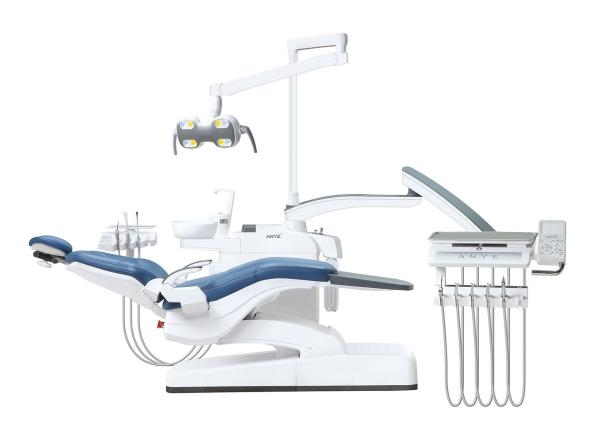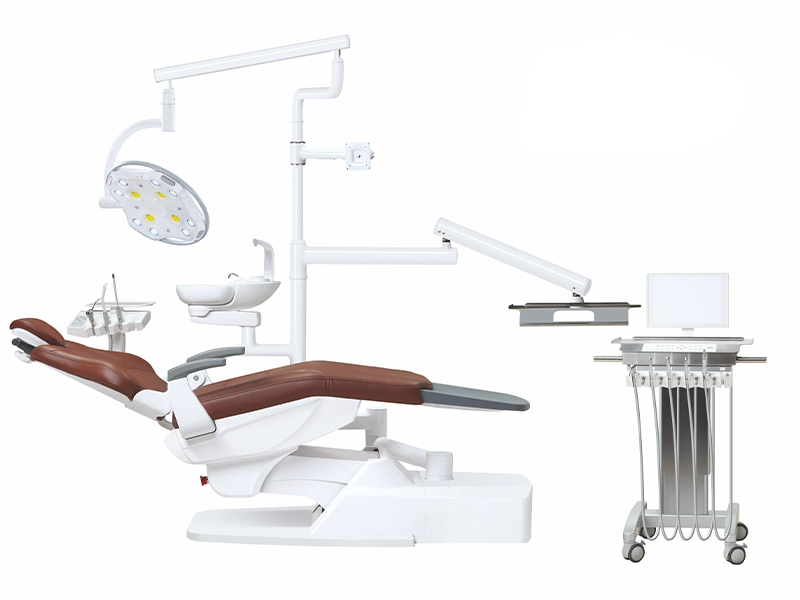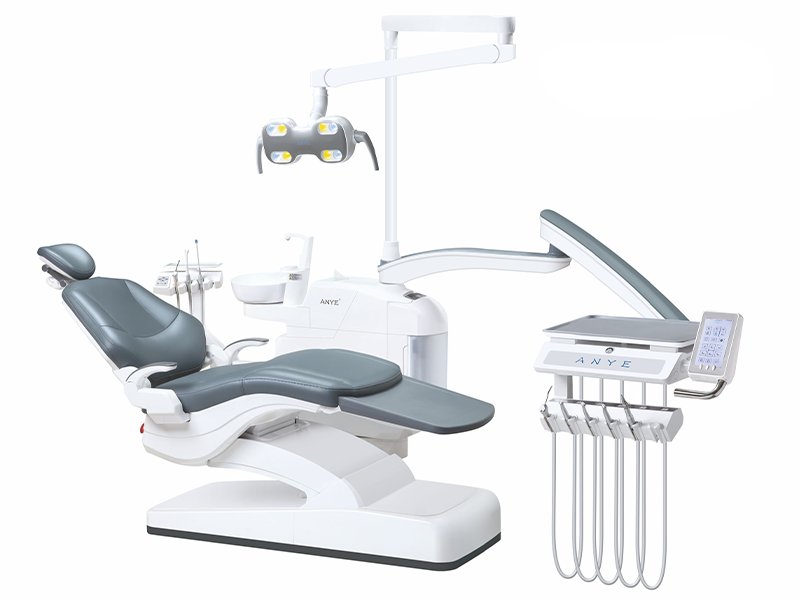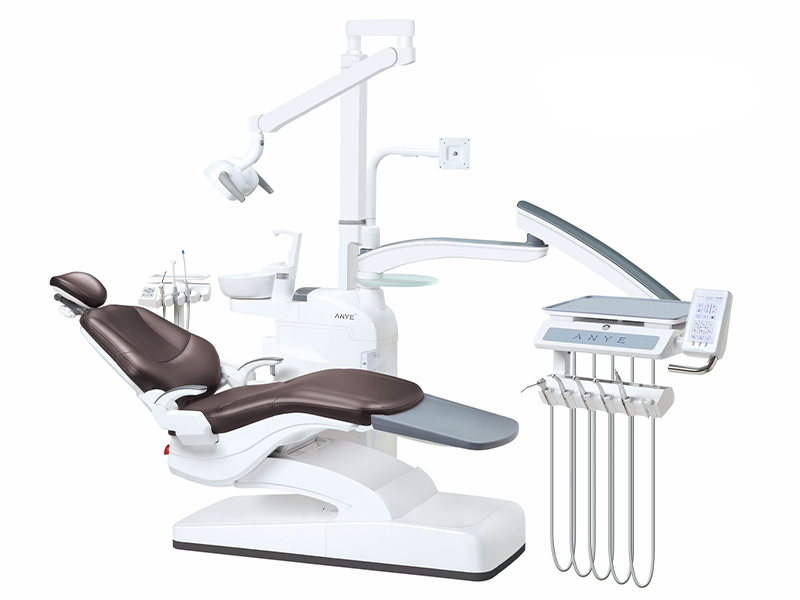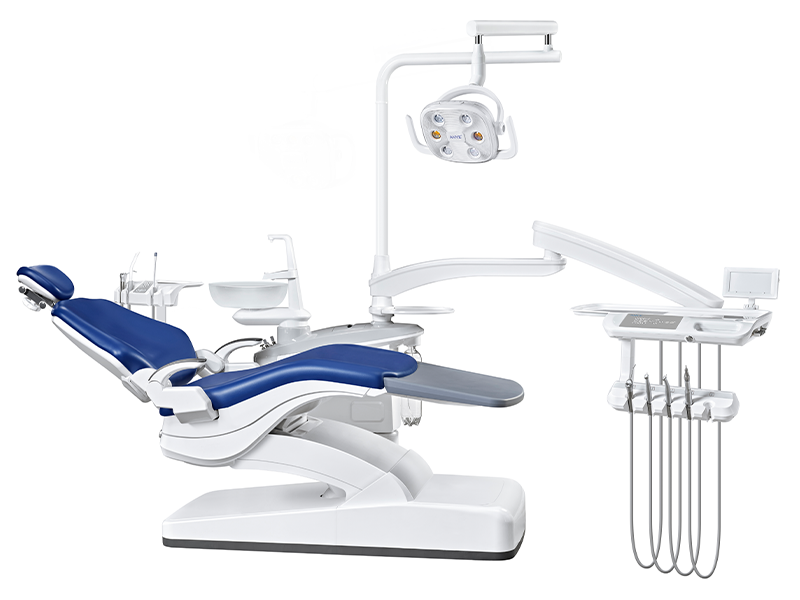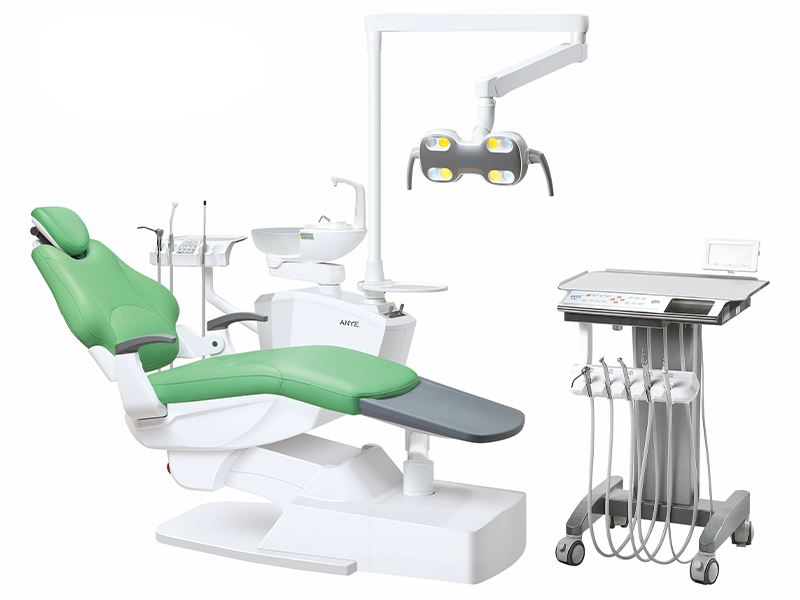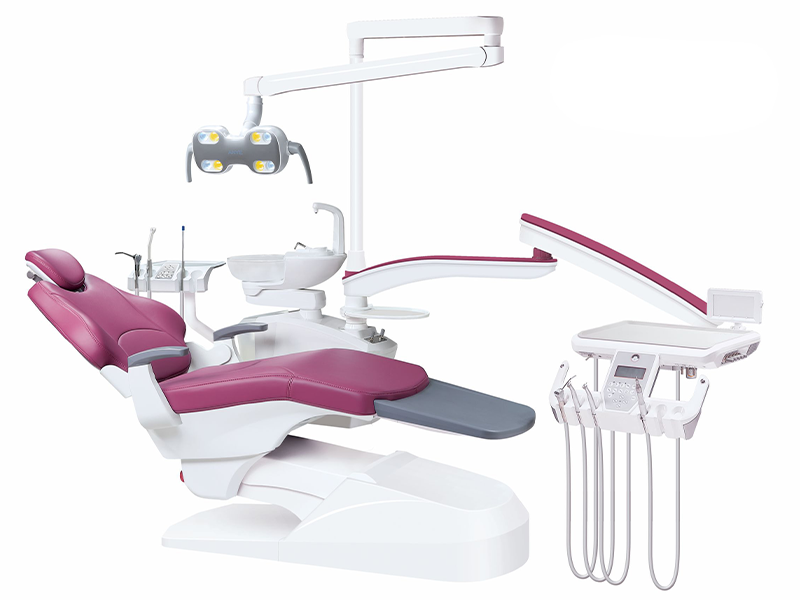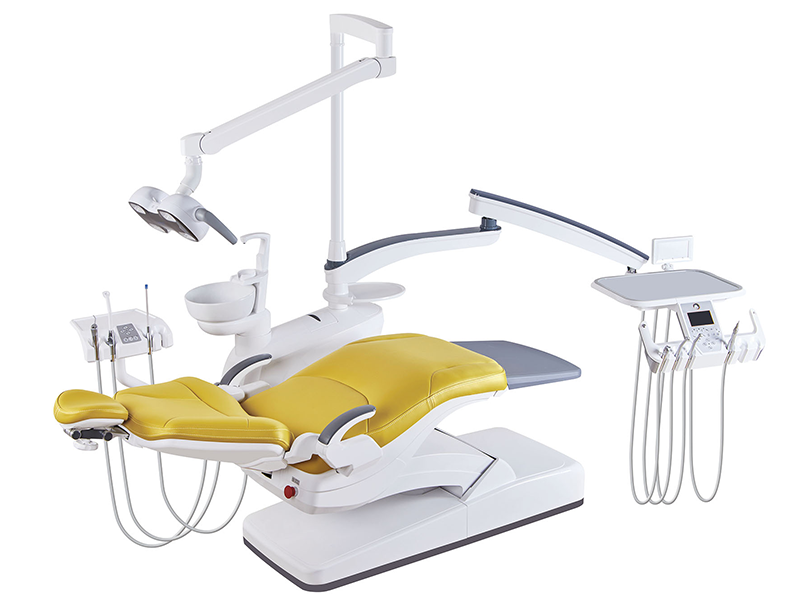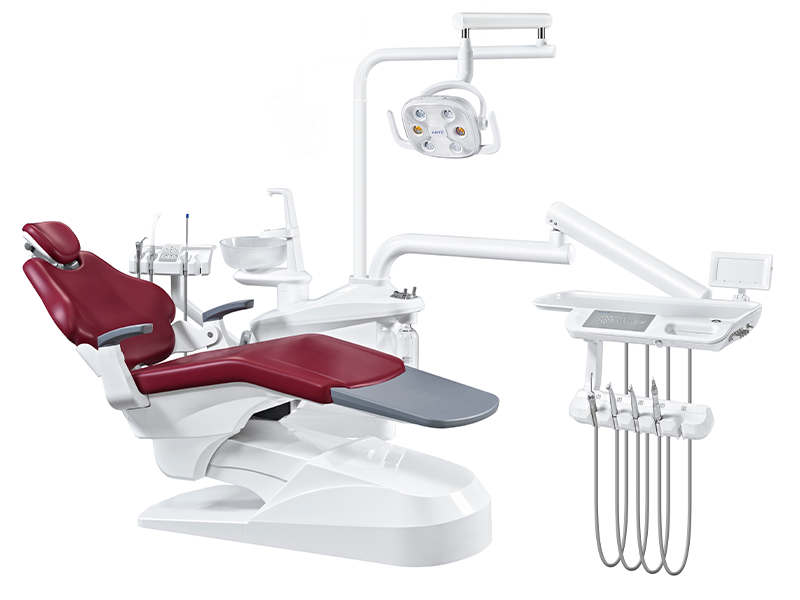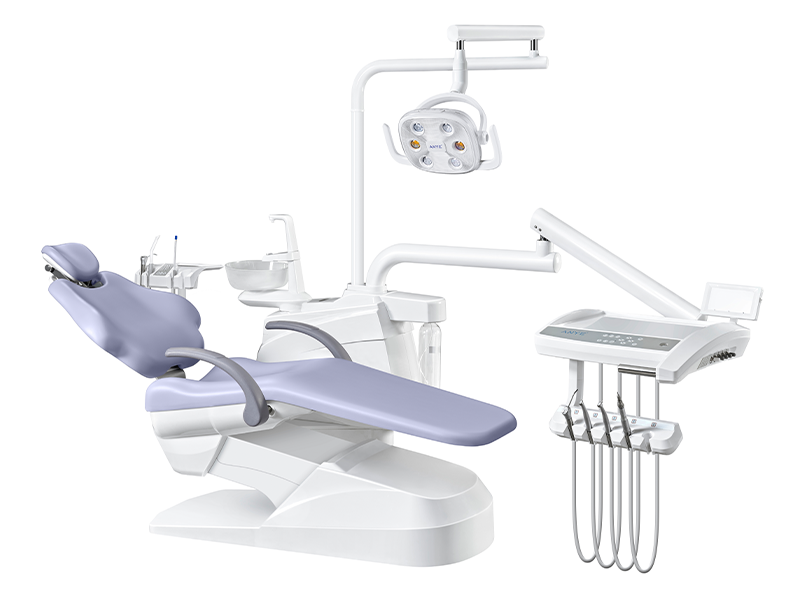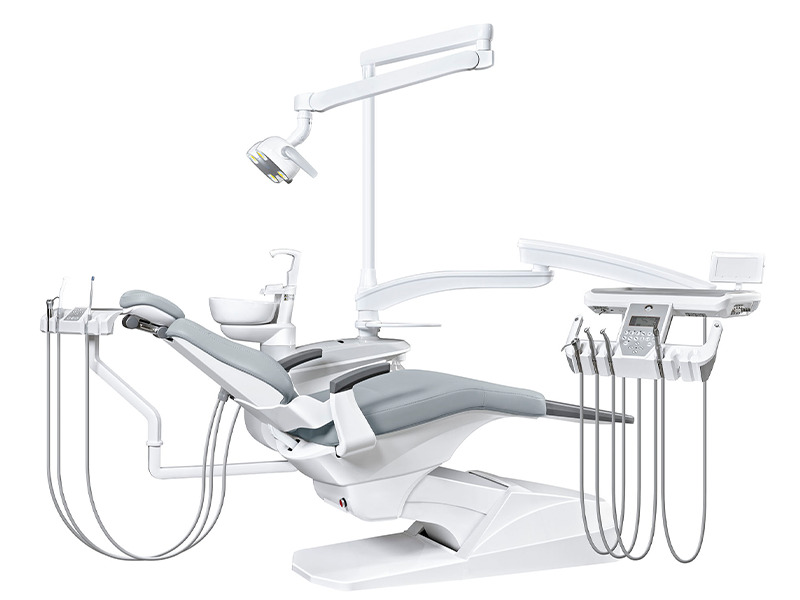Portable dental units have revolutionized how dental care is delivered, expanding its reach beyond the confines of traditional brick-and-mortar clinics. These compact and versatile units are now indispensable tools for reaching underserved populations, providing mobile dentistry services, and offering flexibility in various settings. This comprehensive guide explores the world of portable dental units, highlighting their advantages, features, considerations for choosing the right unit, and their impact on expanding access to quality dental care.
Advantages of Portable Dental Units: Breaking Barriers to Care
Portable dental units offer numerous advantages that make them ideal for a wide range of applications:
- Mobility: The primary benefit of portable dental units is their mobility. This allows dentists to bring dental care directly to patients, eliminating transportation barriers and increasing access for underserved communities, homebound individuals, schools, and nursing homes.
- Flexibility: Portable units can be set up in various locations, including temporary clinics, disaster relief sites, and outreach programs, offering adaptable solutions for dental care delivery.
- Cost-Effectiveness: Compared to establishing a traditional dental office, portable units offer a more affordable option, reducing overhead costs and increasing the potential for practice growth.
- Ease of Setup and Transport: Modern portable units are designed for easy assembly and disassembly, allowing for quick setup and transportation between locations.
- Advanced Technology: Despite their compact size, portable dental units often include advanced features like LED lighting, integrated delivery systems, and digital imaging capabilities, ensuring quality care comparable to traditional settings.
Understanding Portable Dental Units: Functionality in a Compact Form
What Are Portable Dental Units?
Portable dental units are self-contained systems that encompass all the essential components required for performing dental procedures. Unlike traditional stationary units found in dental offices, these units are designed for mobility and flexibility, allowing dentists to deliver care in various settings outside a conventional clinic.
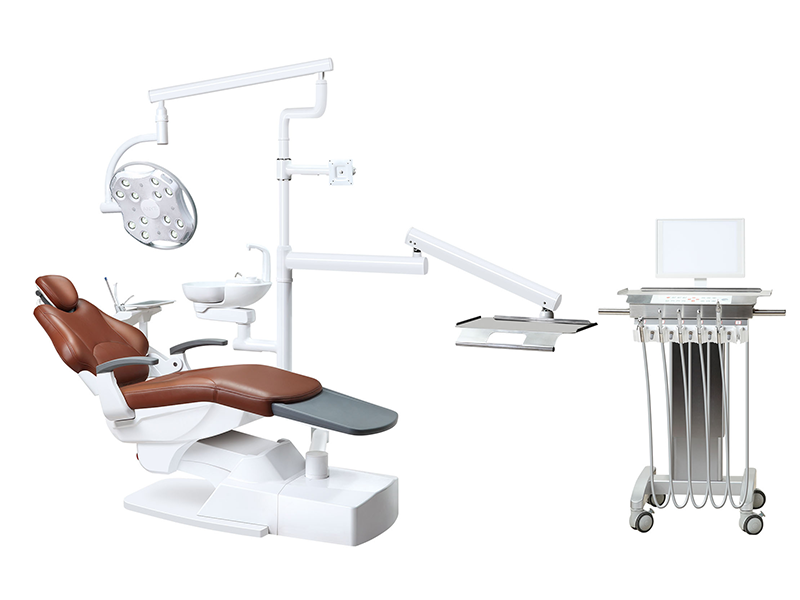
Components of a Portable Dental Unit
While specific features vary between models, a typical portable dental unit comprises the following essential components:
- Dental Chair: The dental chair is designed for patient comfort and adjustability. Portable units typically feature chairs with a compact and lightweight design, often incorporating features like adjustable headrests, armrests, and backrests to accommodate patients of different sizes and needs.
- Delivery System: The delivery system is the heart of the portable dental unit, housing the instruments and controls needed for dental procedures. It typically includes handpieces for drilling and polishing, air/water syringes for cleaning and rinsing, and suction systems to remove fluids and debris from the patient's mouth.
- Operating Light: Adequate illumination is crucial for dental procedures. Portable dental units generally feature LED operating lights, which offer superior brightness and color accuracy compared to traditional halogen lights, while consuming less energy and generating less heat.
- Water System: Portable units have self-contained water systems, which include a clean water tank to supply the handpieces and air/water syringes, and a waste water collection system to dispose of used fluids. This ensures a consistent and hygienic water supply for dental procedures in various settings.
- Air Compressor: The air compressor provides the compressed air necessary to power the handpieces and other pneumatic instruments in the delivery system. Portable units typically use compact and quiet air compressors to minimize noise and ensure efficient operation.
- Suction System: The suction system is responsible for removing fluids, saliva, and debris from the patient's mouth during dental procedures. This maintains a clean and dry working field for the dentist and enhances patient comfort by preventing the accumulation of fluids.
- Instrument Tray: Portable units usually include a compact instrument tray to hold and organize essential dental instruments. These trays are typically made of durable materials like stainless steel or plastic and are designed for easy cleaning and sterilization.
- Power Source: Portable dental units can operate on various power sources depending on the model. Some units are powered by batteries, providing flexibility in locations without access to electricity. Others can be plugged into standard electrical outlets. Some models may offer both options for added versatility.
- Carrying Case or Cart: A carrying case or cart is essential for transporting and storing the portable dental unit and its components. Cases are designed to protect the unit during transport and provide organized compartments for the various parts. Carts often offer additional features like wheels for easy mobility and adjustable handles for ergonomic handling.
Types of Portable Dental Units: Meeting Diverse Needs
The market offers a variety of portable dental units to meet the diverse needs and budgets of dental professionals:
- Basic Units: Basic portable dental units are designed to provide the essential features needed for routine dental procedures such as examinations, cleanings, and basic restorative work. These units are typically more affordable than advanced models and are suitable for mobile dentists or those with limited budgets.
- Advanced Units: Advanced portable dental units offer additional features and capabilities beyond the basics. These might include ultrasonic scalers for teeth cleaning, curing lights for hardening dental fillings, intraoral cameras for capturing images inside the mouth, and even digital X-ray integration for on-site radiography.
- Specialized Units: Specialized portable dental units are designed for specific dental disciplines or applications. For instance, there are units specifically designed for pediatric dentistry, often featuring smaller chairs, colorful designs, and child-friendly features to create a comfortable and engaging experience for young patients.
Choosing the Right Portable Dental Unit: Key Considerations
Selecting the optimal portable dental unit requires a thorough assessment of several factors to align with your specific needs and practice requirements.
- Purpose and Application: The first step is to define the primary use of the portable dental unit. Consider the types of procedures you plan to perform, the patient population you will be serving, and the settings where you will be operating. For example, a mobile dentist providing basic dental care in rural communities will have different needs than a specialist performing complex procedures in temporary clinics.
- Features and Functionality: Evaluate the essential features and functionalities required for your practice. Consider the types of handpieces needed, the quality and adjustability of the operating light, the suction power required for various procedures, the capacity of the water system, and the potential for integration with other technologies like digital imaging or patient management software.
- Portability and Ease of Setup: Assess the unit's portability based on its weight, dimensions, and ease of assembly and disassembly. If you will be transporting the unit frequently, consider a lightweight and compact model that can be set up and taken down quickly.
- Durability and Reliability: Choose a portable dental unit built with high-quality materials and components to withstand frequent transport and use. Look for units with sturdy frames, durable upholstery, and reliable mechanical and electrical systems. A well-built unit will have a longer lifespan and require less maintenance.
- Maintenance and Support: Consider the ease of cleaning and maintaining the unit. Look for units with smooth, easy-to-clean surfaces and removable components for sterilization. Inquire about the manufacturer's recommended maintenance schedule and the availability of technical support and spare parts.
- Budget and Value: Establish a realistic budget for your portable dental unit purchase. Compare the costs of different units while considering their features, quality, and long-term value. Sometimes, investing in a slightly more expensive unit with better durability and features can lead to cost savings in the long run due to reduced maintenance and repair expenses.
- Reviews and Recommendations: Research online reviews from other dental professionals who have experience with different portable dental unit brands and models. Consult with colleagues, attend industry events, and gather insights to help you make an informed decision. Real-world feedback can provide valuable perspectives on the performance, reliability, and user-friendliness of various units.
Maintaining Your Portable Dental Unit: Ensuring Longevity and Hygiene
Proper maintenance is crucial to ensure the longevity, hygiene, and optimal performance of your portable dental unit. Regular cleaning and maintenance are essential to prevent the spread of infection and keep the unit functioning properly.
- Cleaning and Disinfection: After each patient, clean and disinfect all surfaces of the unit thoroughly, including the dental chair, delivery system components (handpieces, air/water syringes, suction lines), operating light, and instrument tray. Use dental disinfectants that are approved by the Environmental Protection Agency (EPA) and follow the manufacturer's instructions for proper use and dilution. Pay particular attention to high-touch surfaces like chair arms, headrests, and control panels.
- Waterline Maintenance: Dental unit waterlines can harbor bacteria if not properly maintained. To prevent bacterial growth and maintain water quality, flush waterlines daily with clean water. Follow the manufacturer's recommendations for periodic waterline disinfection using an EPA-registered disinfectant specifically designed for dental unit waterlines. Regular disinfection helps ensure the water used during dental procedures is safe and free from harmful microorganisms.
- Instrument Sterilization: All dental instruments used with the portable unit must be sterilized according to industry standards and recommended protocols. Autoclaves are commonly used for instrument sterilization, as they use high-pressure steam to kill bacteria, viruses, and spores. Follow the manufacturer's instructions for loading and operating the autoclave to ensure proper sterilization.
- Regular Inspections: Regularly inspect all components of the portable dental unit for wear and tear. Check hoses, tubing, connections, and electrical cords for signs of damage or deterioration. Replace any damaged parts promptly to prevent malfunctions, leaks, or electrical hazards. Regular inspections help ensure the unit remains safe and functional.
- Professional Servicing: While routine cleaning and maintenance can be performed in-house, it is essential to schedule professional servicing by certified technicians at the intervals recommended by the manufacturer. Professional servicing includes a comprehensive inspection of the unit's complex systems, calibration of instruments, and replacement of any worn or malfunctioning parts. Regular professional servicing helps ensure the longevity and optimal performance of the portable dental unit and can prevent costly repairs down the line.
Impact of Portable Dental Units: Transforming Dental Care Delivery
Portable dental units have had a profound impact on the accessibility and delivery of dental care, particularly in underserved communities and non-traditional settings.
- Reaching Underserved Populations: Portable dental units have been instrumental in providing dental care to populations that have traditionally faced barriers to accessing care, such as those in remote or rural areas, low-income communities, and individuals with disabilities or limited mobility. By bringing dental services directly to these populations, portable units help bridge gaps in care and promote oral health equity.
- Enhancing Disaster Relief Efforts: In the wake of natural disasters or emergencies, portable dental units play a crucial role in providing essential dental services to affected communities. Their mobility allows them to be deployed quickly to disaster areas where traditional dental facilities may be damaged or inaccessible. This provides much-needed relief to those who may have experienced dental injuries or disruptions in their oral health care.
- Expanding Mobile Dentistry Services: Portable dental units have fueled the growth of mobile dentistry practices, which offer convenient and personalized dental care in various settings. Mobile dentists can provide services in patients' homes, schools, workplaces, and community centers, making it easier for people to receive dental care without having to travel to a traditional dental office. This is particularly beneficial for elderly individuals, those with transportation challenges, or people with busy schedules.
The Future of Portable Dental Units: Continued Innovation and Accessibility
The evolution of portable dental units is driven by technological advancements that aim to enhance functionality, improve patient care, and expand access to dental services. Here are some potential developments that could shape the future of portable dental units:
- Teledentistry Integration: Teledentistry is the use of technology to provide dental care remotely. Future portable dental units may seamlessly integrate with teledentistry platforms, allowing dentists to conduct virtual consultations with patients, review digital X-rays, and provide remote diagnoses and treatment planning. This would further expand access to care for patients in remote or underserved areas where it may be challenging to see a dentist in person.
- Artificial Intelligence (AI) Applications: Artificial intelligence (AI) is rapidly transforming healthcare, and dentistry is no exception. Future portable dental units may incorporate AI-powered diagnostics and treatment planning tools to assist dentists in making more accurate assessments and providing personalized care. AI algorithms can analyze patient data, including X-rays, intraoral scans, and medical history, to identify potential issues and recommend the most appropriate treatments.
- 3D Printing Technology: 3D printing is revolutionizing the way dental prosthetics, crowns, and other restorations are created. The incorporation of portable 3D printers into dental units could enable dentists to fabricate these custom dental devices chairside in mobile settings. This would eliminate the need to send impressions to a laboratory, significantly reducing turnaround times and providing patients with faster access to necessary treatments.
Conclusion: Empowering Dental Professionals and Transforming Communities
Portable dental units have become indispensable in modern dentistry, empowering dental professionals to expand their services and transform how dental care is delivered. Their versatility, mobility, and increasing technological sophistication have been invaluable for reaching underserved populations, providing care in diverse settings, and promoting oral health equity. As technology continues to evolve, we can expect even more innovative and accessible solutions to emerge, further shaping dentistry's future and ensuring access to quality care for all.

